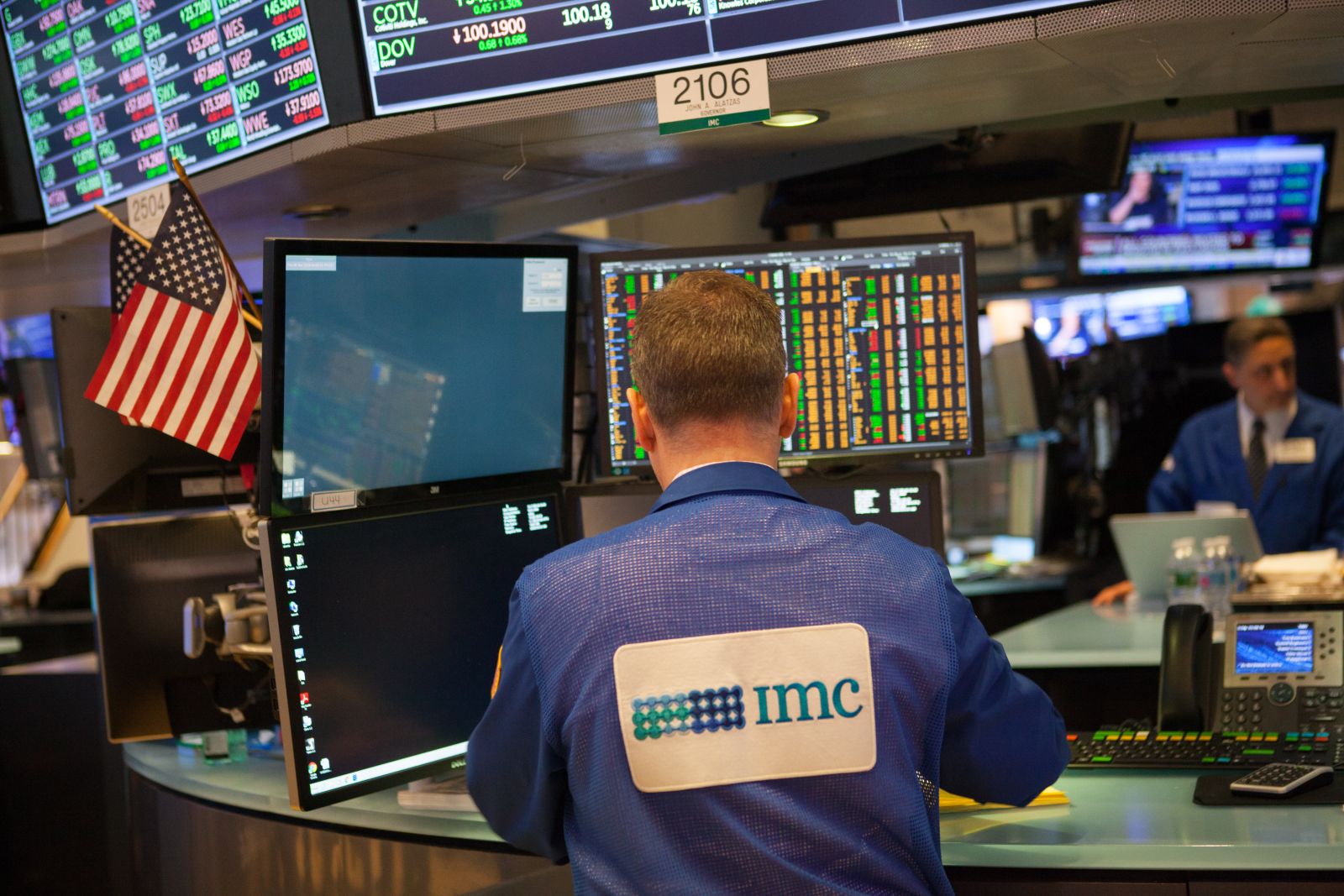
- USDA's May 1 Cattle on Feed report is set for release Friday afternoon. This report shows not only the number of head on feed at the beginning fo the month but cattle placed and marketed during April.
- That being the case, this is considered a backward looking update, meaning the market has already priced in the activity.
- Additionally, we can tell what was going on during April by looking at activity in live cattle futures spreads.
The subject of cattle spreads has come up again as another monthly USDA Cattle on Feed report grows larger on the horizon. The May edition is set for release Friday at 14:00 (CT) and will show the number of cattle on feed as of May 1, a result of previous on feed numbers combined with placements and marketings during April. Recently, each monthly report has brought about a great deal of hand wringing and gnashing of teeth as perma-bulls are baffled by how on feed and placement numbers can be so large. In reality, it’s not that hard to understand. Like most other production ag commodities live cattle are influenced by the weather, and it has been brutally dry across much of the US Southern and Central Plains. This kept cattle off winter wheat ground much of the past fall, winter, and spring, with pastures faring little better. In the end it pushed more head to feed yards, a situation we saw play out during April as well.

A look at live cattle futures spreads at the end of April shows the June-August closed at (-$2.65), below the previous 5-year average for the same week of (-$0.50) and nearer to the previous 5-year low weekly close of (-$3.35). I classified it as a bearish short-term read on fundamentals meaning as of May 1 there was still a large number of cattle ready for the next phase in the process. Again, this would be a result of cattle on feed coming into April, what was added as placements and subtracted as marketed during the month.

What do the spreads tell us about placements, though? Let’s start with a 4-month out timeframe, meaning the cattle would be ready to market against the August futures contract. At the end of March, the August-October futures spread closed at (-$6.35), far below its previous 5-year low weekly close of roughly (-$4.00). As April ran its course the August-October spread hit a low of (-$7.40) and a high of (-$5.725), both still bearish numbers, before closing at (-$7.20). The previous 5-year low close for that week was (-$5.575). In other words, based on the 4-month growth cycle, there were a lot of cattle placed during April.

But what the cattle placed in April will be marketed against the October futures contract? A look at the daily close-only chart for the October-December futures spread shows a month of March close of (-$4.875), again below its previous 5-year low close, again setting the stage for continued pressure to be seen during April. And that’s exactly what happened as the spread popped back and forth before finishing the month at (-$5.975) as compared to its previous 5-year low of (-$4.20). The bottom line is regardless of if we use the August-October or October-December as a fundamental read, placements during April were large. Will it bother me if USDA comes in with numbers that don’t fit my analysis? No. It doesn’t bother me at all when USDA is wrong.





/NVIDIA%20Corp%20logo%20on%20phone%20and%20AI%20chip-by%20Below%20the%20Sky%20via%20Shutterstock.jpg)

/Oracle%20Corp_%20logo%20on%20phone%20and%20stock%20data-by%20Rokas%20Tenys%20via%20Shutterstock.jpg)
/Broadcom%20Inc%20logo%20on%20building-by%20Poetra_%20RH%20via%20Shutterstock.jpg)